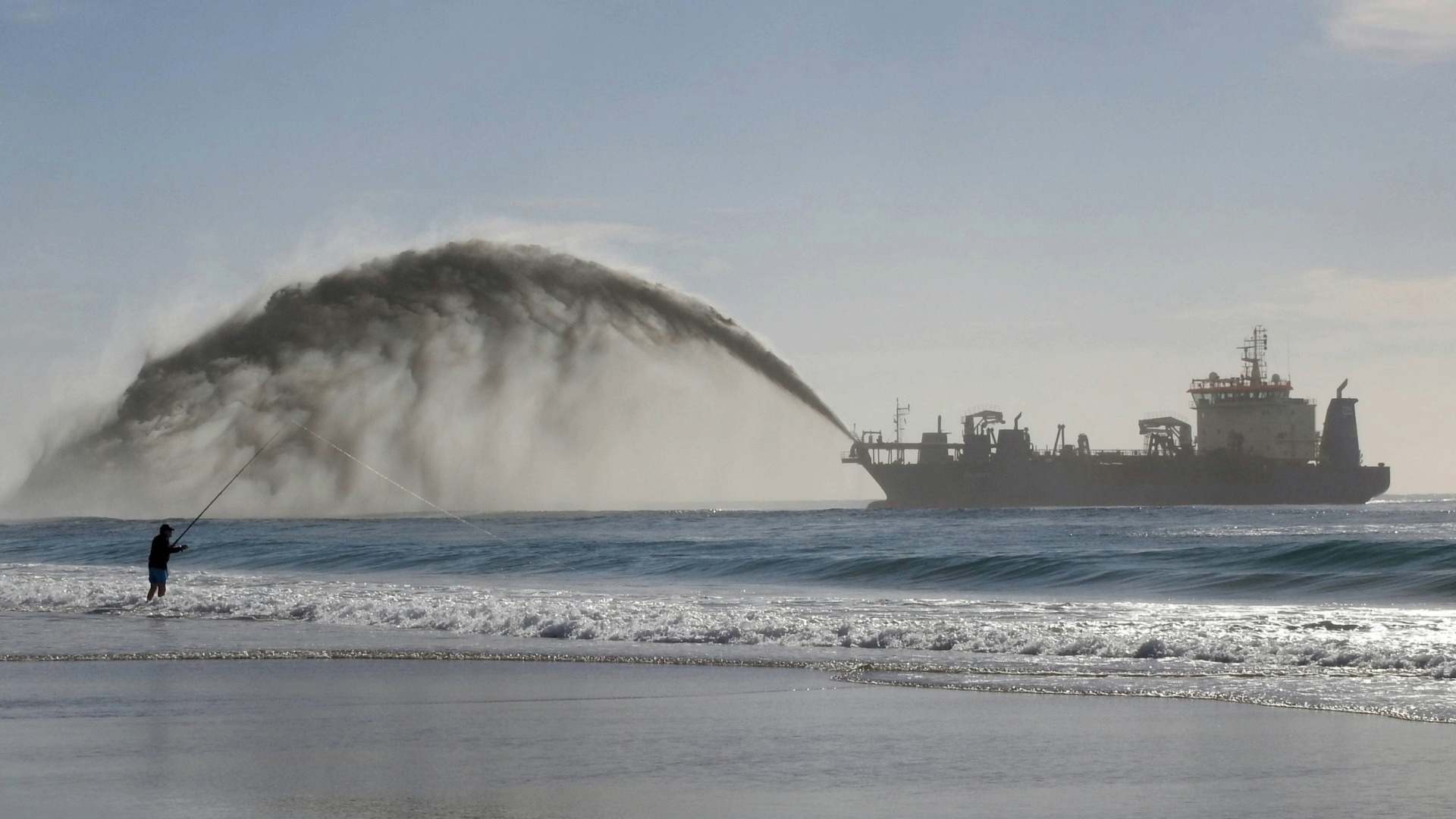Introduction
Gold prospecting has always been a blend of patience, knowledge, and the right tools. From simple pans used during the gold rush era to today’s specialized mining equipment, techniques have evolved to improve efficiency and recovery rates. One of the most versatile and practical tools modern prospectors use is the modified highbanker, a system that combines the principles of sluicing and dredging to extract gold from riverbeds, stream banks, and other alluvial deposits.
This hybrid method is gaining popularity among small-scale miners and hobbyists alike because it not only boosts gold recovery but also provides valuable lessons in mining methods and environmental awareness.
Understanding the Basics: Sluicing and Dredging
Before diving into the modified highbanker, it helps to understand the two core techniques it brings together: sluicing and gold dredging.
- Sluicing involves running material through a sluice box, a channel lined with riffles and mats that trap heavy minerals like gold while lighter sediment washes away. Traditional sluicing requires shoveling material directly into the box, which can be labor-intensive.
- Gold dredging, on the other hand, uses suction to pull sediment, sand, and gravel directly from the waterway into a sluice system. This process allows miners to access material beneath the water’s surface, where gold often settles due to its density. Dredging is faster than manual shoveling and exposes deeper pay layers that might otherwise remain untouched.
A modified highbanker brings these two processes together, creating a system that can be used both on dry land with a water pump (like a sluice) or directly in a river or creek (like a dredge).
What Makes a Highbanker “Modified”?
A standard highbanker is essentially a sluice box with a hopper at the top. Material is shoveled into the hopper, water sprays wash it down, and riffles trap the gold. A modified version integrates a suction nozzle and hoses, transforming the highbanker into a lightweight dredge.
With this setup, the prospector can:
- Operate as a traditional sluicer – shoveling pay dirt into the hopper while a pump supplies water.
- Switch to dredging mode – using the suction nozzle to vacuum material directly from underwater pay streaks.
This flexibility makes the modified highbanker highly adaptable for different environments, whether working along riverbanks, shallow creeks, or deeper pools.
Advantages of Combining Sluicing and Dredging
The real value of the modified highbanker lies in the combination of methods. By integrating sluicing and gold dredging, prospectors can maximize efficiency and recovery.
- Access to Deeper Pay Layers
- Dredging allows miners to reach compacted gravel and heavy sands where gold tends to concentrate. These pay layers are often below the reach of shovels.
- Increased Processing Speed
- With a suction nozzle, a prospector can process more material in less time compared to manual shoveling. More material means a greater chance of recovering gold.
- Improved Gold Recovery
- The controlled water flow and riffle design of modern highbankers help capture even fine gold particles that might escape traditional pans or sluices.
- Portability and Versatility
- A modified highbanker is relatively lightweight and can be used in a variety of settings. Prospectors can start on the riverbank and easily move into the water without changing equipment.
- Hands-On Learning
- For new prospectors, operating a modified highbanker provides direct experience in both sluicing and dredging techniques, offering a practical education in small-scale mining methods.
Educational Value of Modern Dredging Methods
Beyond the practical recovery of gold, modified highbankers serve an educational purpose. Learning how to operate this equipment teaches prospectors about:
- Hydrodynamics: Understanding how water flow impacts gold capture.
- Sediment behavior: Recognizing how lighter materials move differently from heavier particles during dredging.
- Environmental responsibility: Knowing when and where gold dredging can be done legally and with minimal ecological impact.
Many hobbyists use highbankers as training tools before investing in larger operations. They also provide a hands-on way to teach geology, fluid dynamics, and environmental management.
Environmental and Legal Considerations
While dredging is highly effective, it also raises environmental concerns, particularly regarding river ecosystems. Sediment disturbance can affect fish habitats and water clarity. Because of this, many regions regulate or restrict gold dredging, especially with larger motorized dredges.
Using a modified highbanker provides a middle ground. The smaller scale of these systems reduces environmental impact while still offering the benefits of dredging. Prospectors are encouraged to check local regulations, use best practices to minimize disruption, and backfill holes where material was removed.
By respecting these guidelines, hobbyists and small-scale miners can continue to explore gold prospecting responsibly.
The Future of Small-Scale Gold Prospecting
As gold prices remain strong and interest in outdoor recreational activities grows, more people are turning to small-scale mining methods. Tools like the modified highbanker make gold dredging more accessible and educational, bridging the gap between traditional hand tools and industrial-scale mining.
This innovation empowers prospectors to not only recover more gold but also to gain a deeper understanding of the science behind it. Whether as a hobby or a steppingstone to larger ventures, the combination of sluicing and dredging represents the future of efficient, responsible, and educational gold prospecting.
Conclusion
The modified highbanker is more than just a tool—it’s a gateway to learning and discovery. By combining sluicing and dredging, it enhances gold recovery, teaches vital mining skills, and provides opportunities for environmentally conscious prospecting.
For modern gold seekers, this hybrid system represents the best of both worlds: the simplicity of sluicing and the power of gold dredging. With the right approach, it can transform a day on the river into both a rewarding and educational experience.
